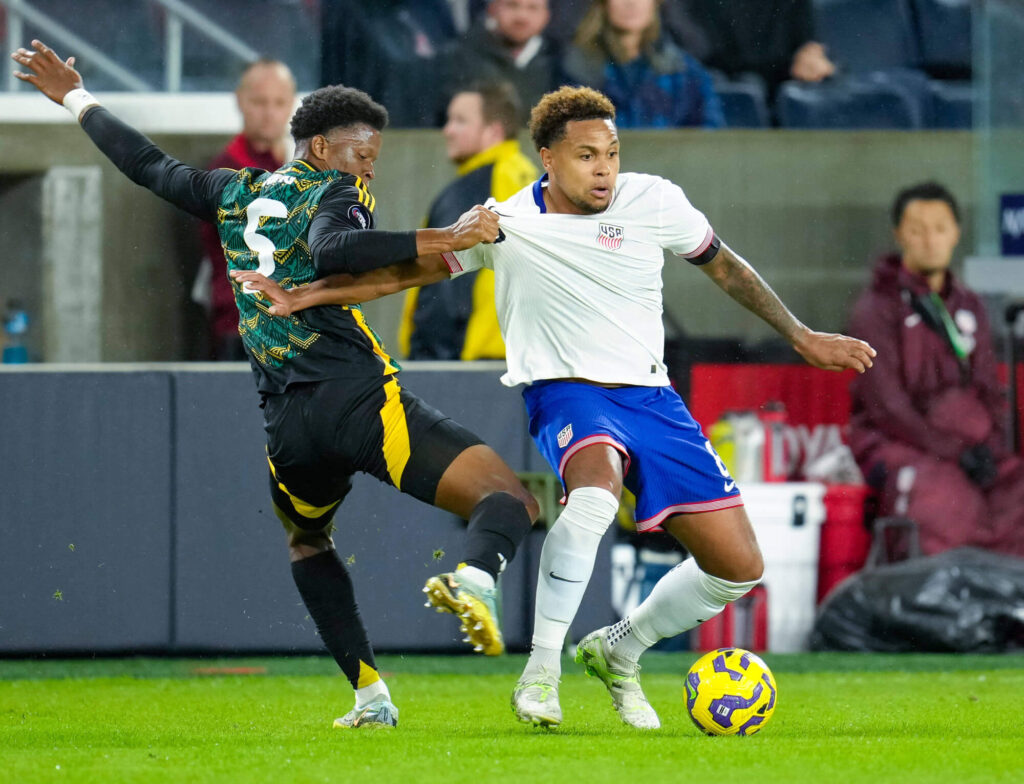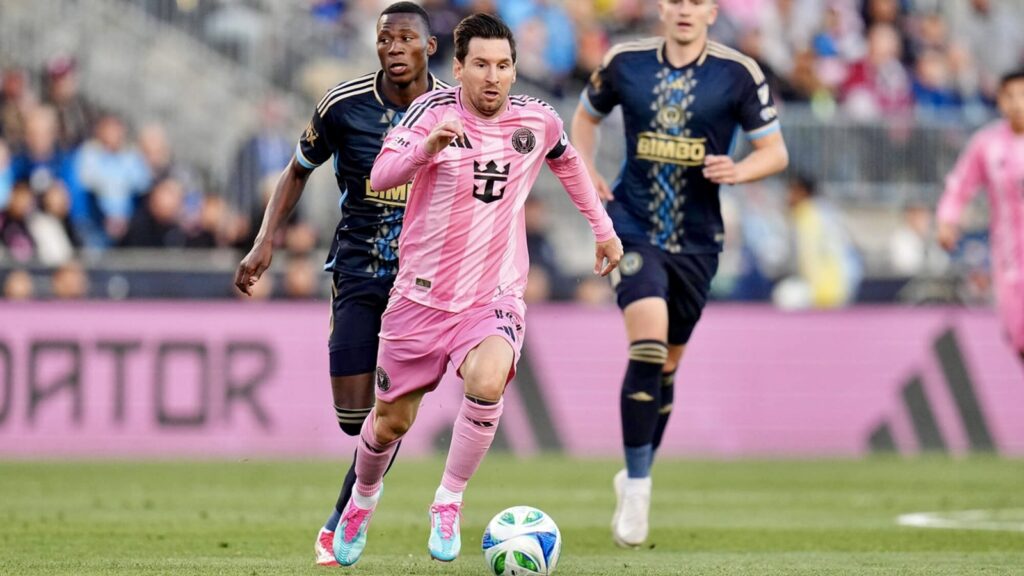Soccer is considered one of the fastest-growing sports in the United States. It has captured the imagination of millions of people – from kids playing their heart out in the local parks to fans cheering for their international clubs in dimly lit bars. But not so long ago, this wasn’t the case. For much of the twentieth century, soccer had remained a far-off interest in a country preoccupied with football, basketball and baseball.
But soccer went from a niche sport into a full-fledged American sports culture. The journey includes such landmark events as the 1994 FIFA World Cup, the gradual rise of Major League Soccer (MLS), the immigrant communities’ impact, youth development and the global reach of social media. Hosting the World Cup in 2026 and the Club World Cup in 2025 spells such a bright future for the sport in the U.S. This article dives into how football became a household sport in the U.S.
Why Was Soccer Not Always Popular?
For most of the 20th century, soccer was not a big thing in America. While soccer was worshiped in Europe, South America, and Africa, Americans gave more importance to its indigenous sports. Baseball was considered “The National Pastime”, the NFL became a Sunday tradition and basketball was enthralling the entire nation. Soccer – more or less – remained in the background.
There were several reasons why soccer struggled to catch on. For starters, the lack of a strong professional league made it hard to build a fan base. Unlike the NFL, NBA, or MLB, there wasn’t a central competition that brought national attention. Also, soccer’s low-scoring nature and lack of commercials made it a tough sell for U.S. TV networks used to have constant breaks and highlight-reel action. However, change was coming fast.

The 1994 World Cup Changed Everything
In 1994, the United States hosted the FIFA World Cup for the first time. It was a risky move by FIFA, since soccer was not yet widely popular in America. But their bet paid dividends. The tournament was the most-attended World Cup ever, with almost 3.6 million spectators filling stadiums throughout the nation. It demonstrated that there was demand for soccer in the United States – it just required the proper nudge.
The 1994 World Cup success was not only about large audiences. It seeded something. One of the conditions for FIFA to hold the tournament in the U.S. was that the nation would initiate a professional league. That commitment gave rise to Major League Soccer (MLS) in 1996.
MLS Helped Soccer Grow
When Major League Soccer began play in 1996, it had only 10 teams and more than its share of naysayers. But gradually, it grew to become the foundation of soccer in America. The league established strong fan bases in cities around the nation. New soccer-specific stadiums, passionate fans’ groups and enhanced play on the field contributed to MLS’ stature.
The league grew in the years that followed. By 2025, it reached 30 teams, with others to follow. MLS also started to bring in international stars, such as David Beckham, Thierry Henry, Zlatan Ibrahimović and Lionel Messi. They came along and provided more attention for the league and introduced soccer to more casual American fans.

Concurrently, U.S.born players started making waves overseas. Christian Pulisic, Weston McKennie and Tyler Adams were some of the names that proved America could hold its own at the top level. It gave rise to a renewed sense of pride and interest in the sport.
Why Young Americans Love Soccer Now
One of the largest factors in soccer’s success in the United States has been its ties to youth culture. Now, soccer is one of the most popular sports for American children to play. Schools and communities throughout the country have vibrant youth soccer programs, and youth of all backgrounds have picked up the sport.
Immigrant communities have also had a monumental impact. Latin American, African, Asian and European families brought their soccer culture with them. With the size of these communities increasing, so did their power on American sport culture. People from all walks of life found something they could unite about in the beautiful game.
TikTok, Instagram and YouTube have assisted as well. Social Media provides simple ways for fans to track players, view highlights and connect with worldwide soccer culture. A teenage boy in Texas can watch Messi score for Inter Miami, view Haaland’s Premier League goals, and track the U.S. national teams – all on their mobile phone.

Streaming platforms have opened up soccer worldwide. Fans now are no longer confined to just American leagues. Matches from England, Spain, Italy and beyond can be viewed with a few clicks. Such universal availability has created a new generation of soccer savvy and devoted fans in America.
What Hosting Big Tournaments Means
America is increasingly regarded as a soccer superpower. In 2025, it will host the FIFA Club World Cup – a renewed competition between the best club teams globally. One year later, it will co-host the 2026 FIFA World Cup with Canada and Mexico. This will be the biggest World Cup in history, with 48 countries and games played across North America.
Having these big events is more than simply good PR. It equals more investment in soccer infrastructure, more global visibility and more chances for local fans and players. Stadiums are being upgraded, youth academies are expanding and American cities are getting ready to host the world.
They also spur tourism, create employment and provide local businessmen with an opportunity to flourish. But above all, they generate long-term enthusiasm for soccer. The 1994 World Cup helped establish MLS. The 2026 edition could take American soccer even higher.

America’s Soccer Moment
Soccer in the U.S. is no longer an outsider sport. From packed MLS stadiums to kids playing in parks and fans wearing club jerseys across the country, the game has found a home. The journey wasn’t quick or easy, but with key moments like the 1994 World Cup, the rise of MLS, and the upcoming global tournaments, soccer has firmly established itself in American culture.
Thanks to youth leagues, immigrant influence, and the power of the internet, the sport continues to grow every day. With the 2026 FIFA World Cup on the horizon, this could be America’s true soccer moment—the time when the world’s game finally becomes one of America’s own.
